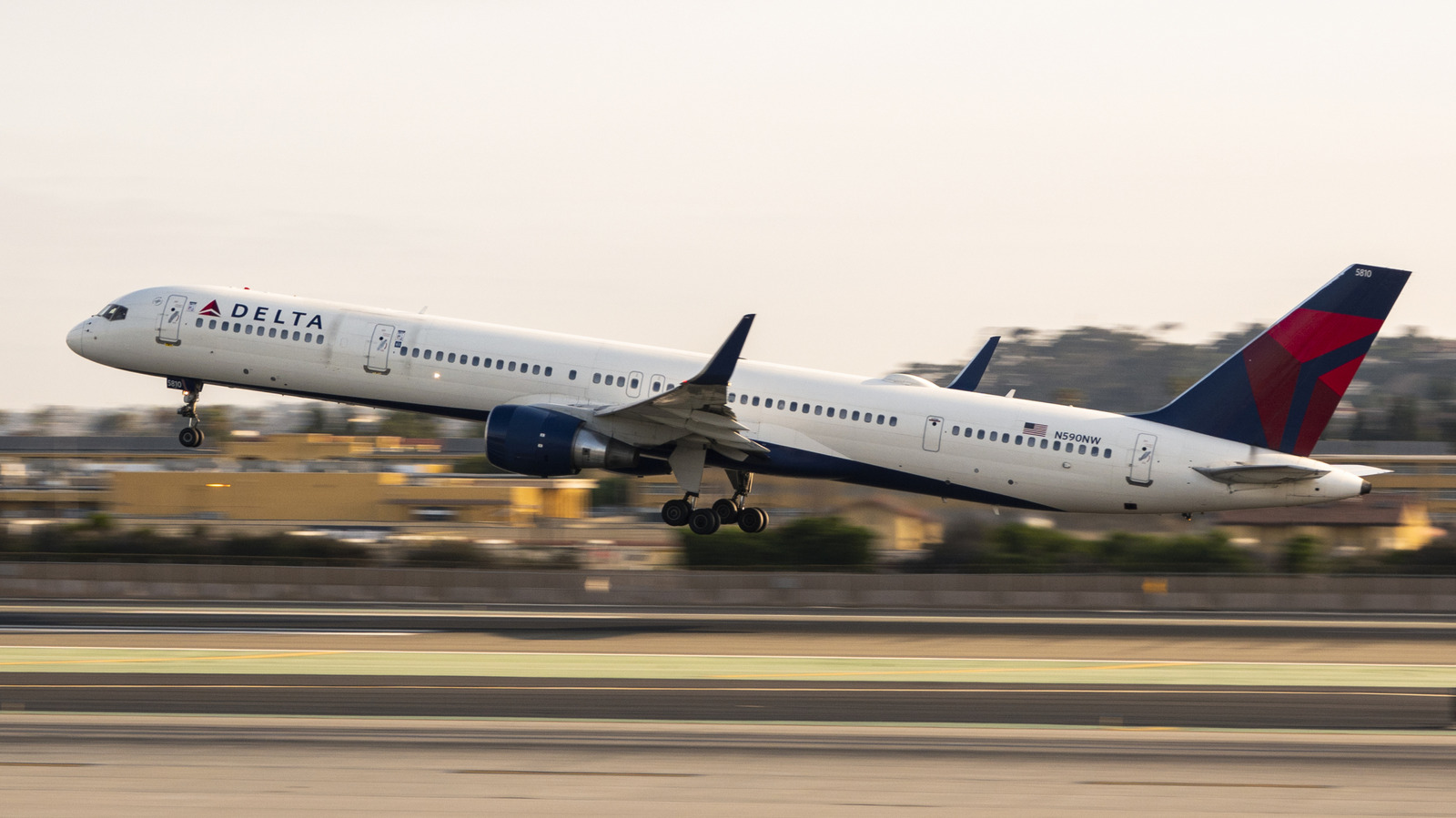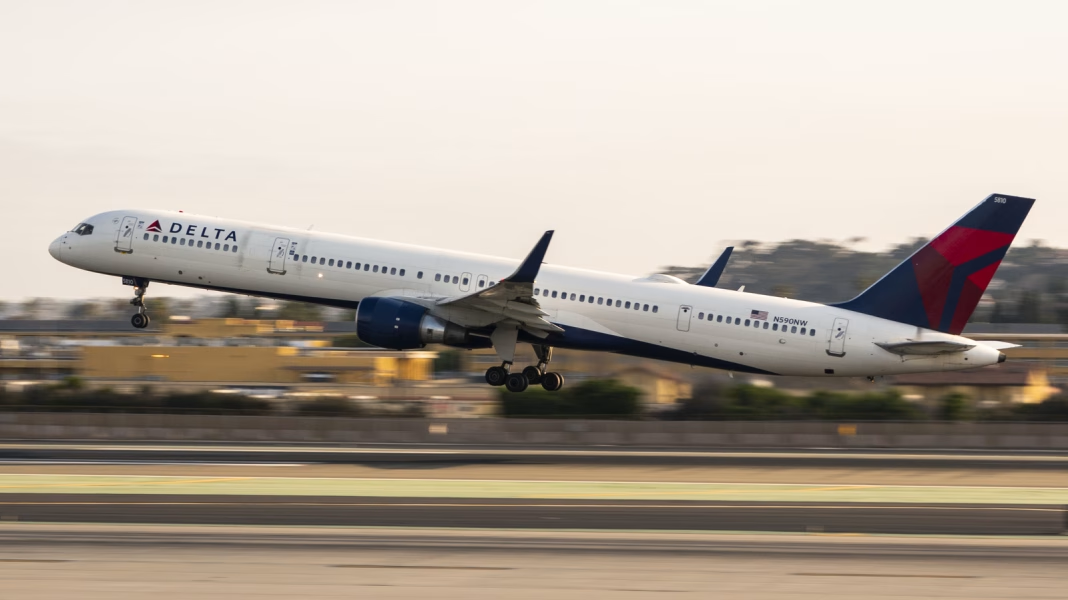Why Did Federal Agents Storm Delta Flight 2809’s Cockpit?
Imagine you’re sitting on a plane, waiting for the doors to open after landing, when suddenly a group of armed law enforcement officers with badges pushes down the aisle. That’s exactly what happened on Delta flight 2809, turning a routine arrival into a scene straight out of a crime drama. But what could prompt such a dramatic response from federal agents?
The answer lies in the seriousness of the situation. When law enforcement storms a cockpit moments after landing, it’s never for something minor. In this case, sources familiar with aviation security protocols say such actions are typically reserved for threats to passenger safety, criminal activity involving crew members, or urgent national security concerns. The presence of at least ten armed officials signals that authorities had credible information requiring immediate intervention.
What Happens When Law Enforcement Boards a Plane After Landing?
Most passengers expect a smooth exit once the plane reaches the gate. But when law enforcement is waiting, the process shifts into high gear. Officers coordinate closely with airport security and the airline to ensure the safety of everyone on board. They often wait until the aircraft is stationary and the engines are off before making their move, minimizing risk to passengers and crew.
In the Delta 2809 incident, the agents moved quickly and decisively, heading straight for the flight deck. This kind of operation is designed to be swift, reducing the chance of escalation or interference. Passengers are usually asked to remain seated, and announcements are kept to a minimum to avoid panic. The goal? Resolve the situation quietly and efficiently, with as little disruption as possible.
Why Target the Co-Pilot?
It’s not every day that law enforcement storms a cockpit to arrest a crew member. So why the co-pilot? According to aviation security experts, crew members undergo rigorous background checks, but incidents involving pilots or co-pilots—while rare—do happen. These can range from outstanding warrants to allegations of criminal conduct discovered mid-flight.
In some cases, authorities may receive last-minute intelligence about a crew member’s involvement in illegal activity. The timing of the arrest—immediately after landing—suggests that officials wanted to avoid any risk while the plane was airborne. Arresting someone in the cockpit, with multiple officers present, ensures control and safety for everyone on board.
How Are Passengers Protected During High-Stakes Arrests?
Passenger safety is always the top priority. Federal agents are trained to handle these situations with precision, minimizing the chance of collateral damage or panic. In the Delta 2809 scenario, the coordinated approach—waiting until the plane was on the ground and secured—demonstrates a commitment to keeping passengers out of harm’s way.
Airlines also have protocols for supporting travelers who witness such events. Flight attendants are briefed on how to reassure passengers and provide information as soon as it’s safe to do so. If necessary, mental health resources or counseling may be offered, especially if the incident was particularly distressing.
What Does This Mean for Airline Security Going Forward?
Events like the Delta 2809 arrest serve as a stark reminder that airline security is a living, breathing system—constantly adapting to new threats and information. The fact that law enforcement can act so swiftly and decisively is a testament to the strength of these protocols.
According to the Federal Aviation Administration, incidents involving crew arrests are exceedingly rare, but they underscore the importance of ongoing background checks and real-time intelligence sharing between agencies. For passengers, it’s a reassurance that authorities are always working behind the scenes to keep flights safe.
The big takeaway? Airline security isn’t about perfection—it’s about smarter adjustments. Start with one change this week, and you’ll likely spot the difference by month’s end.


